
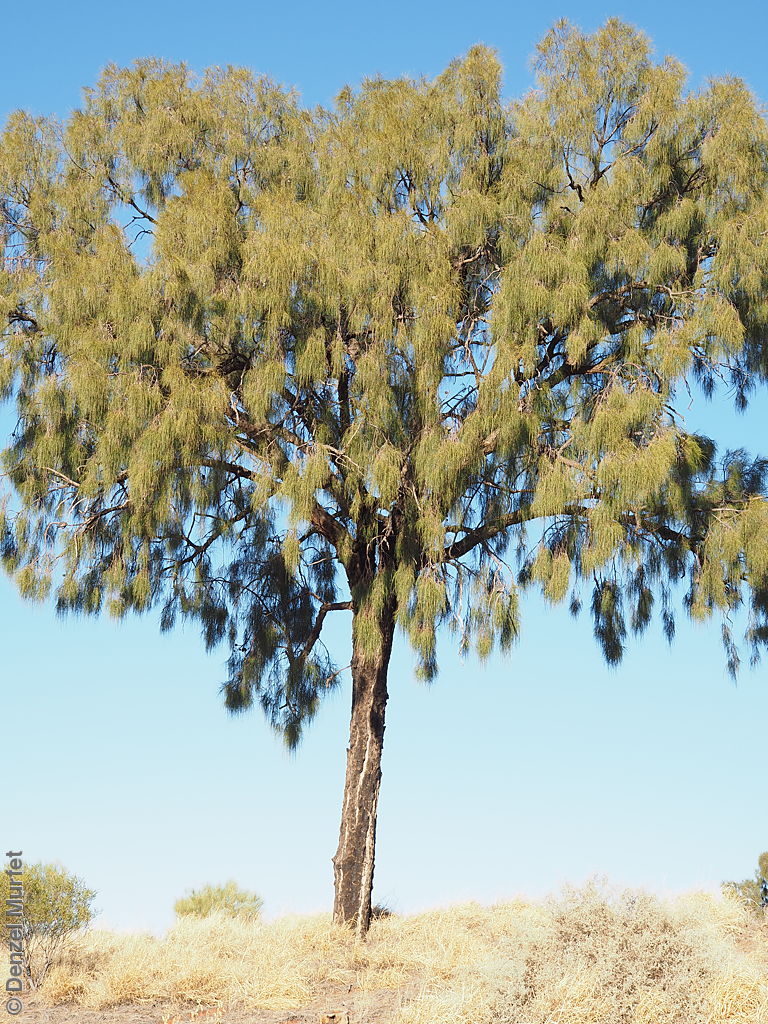
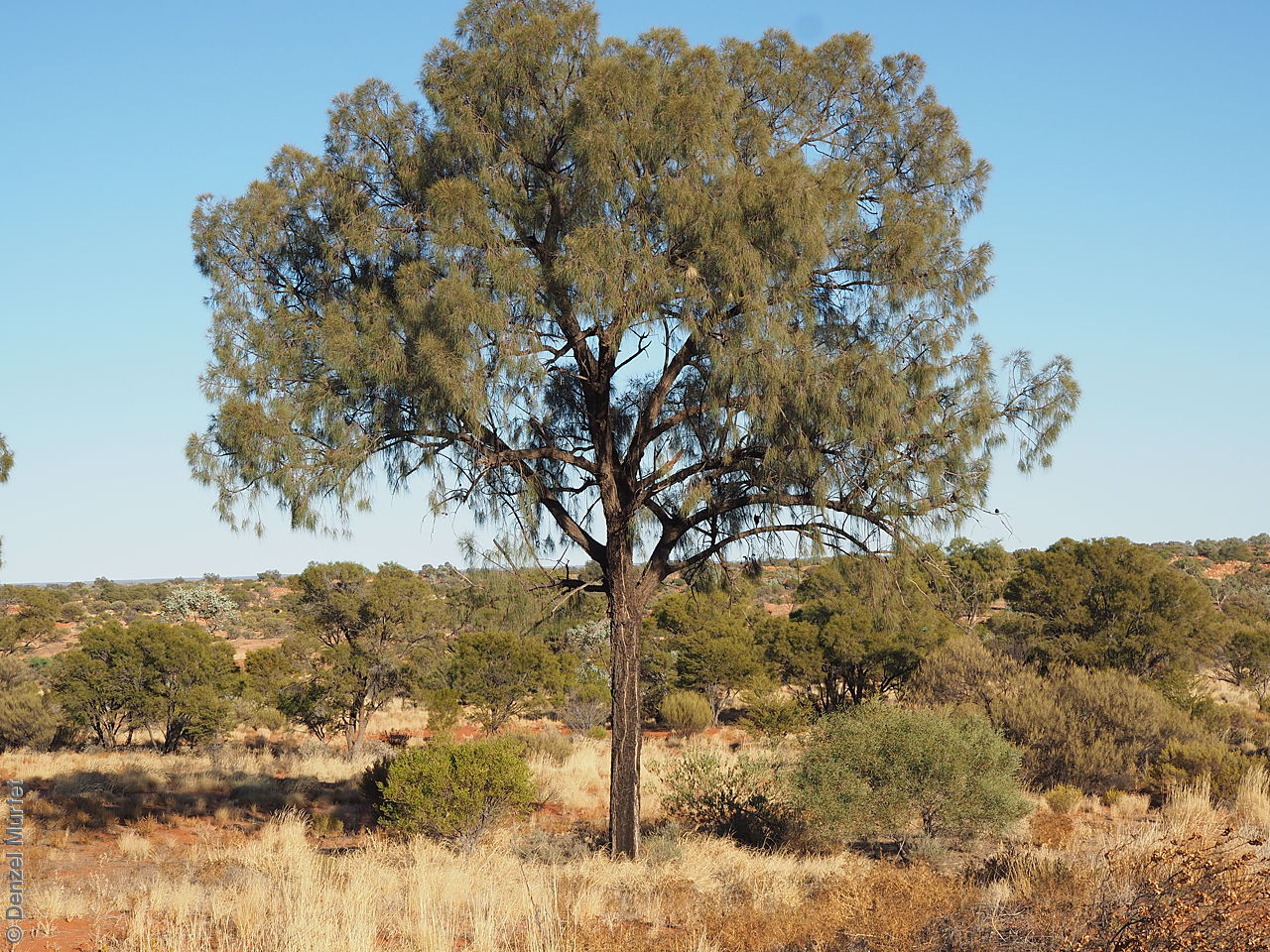
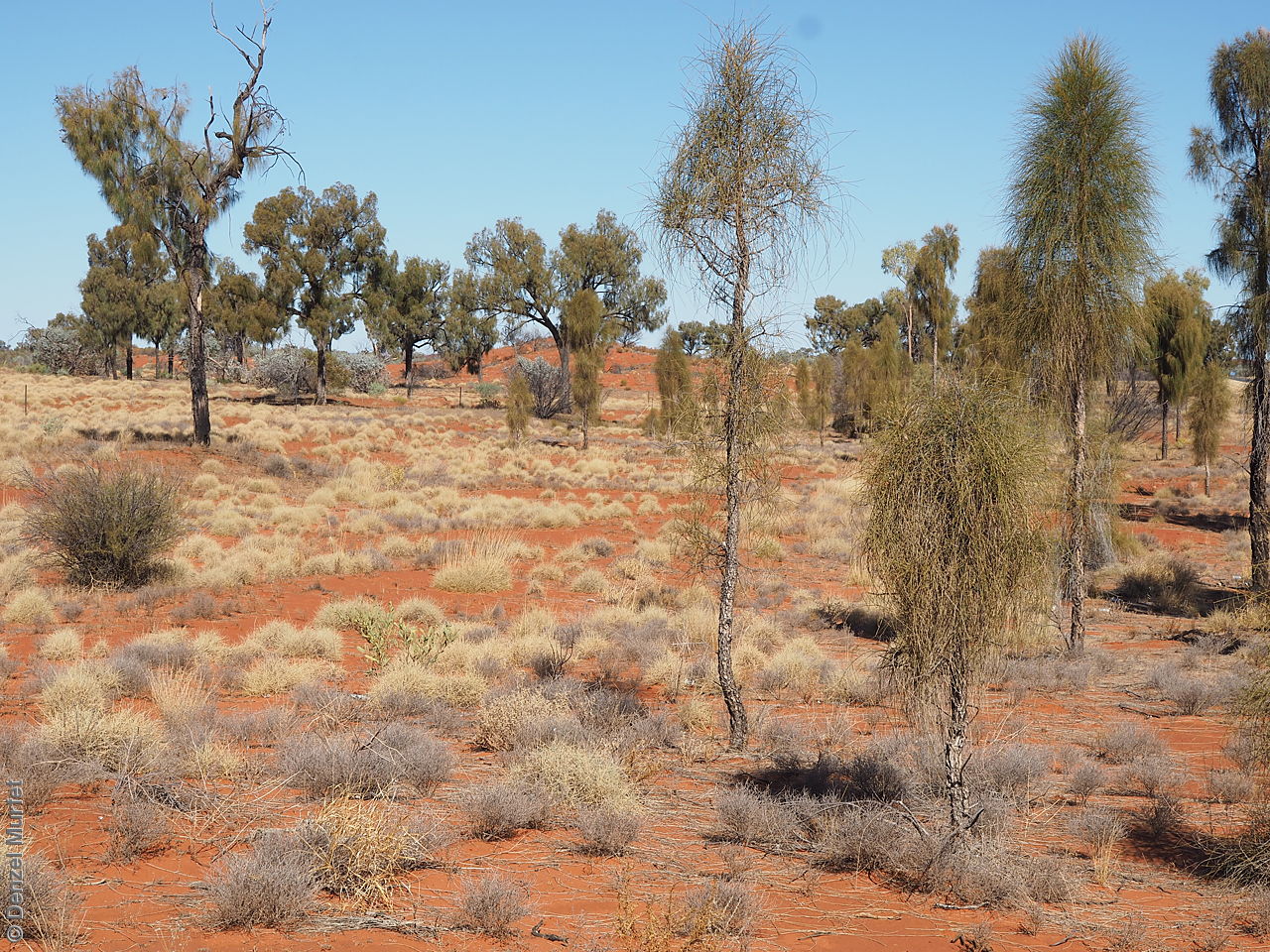
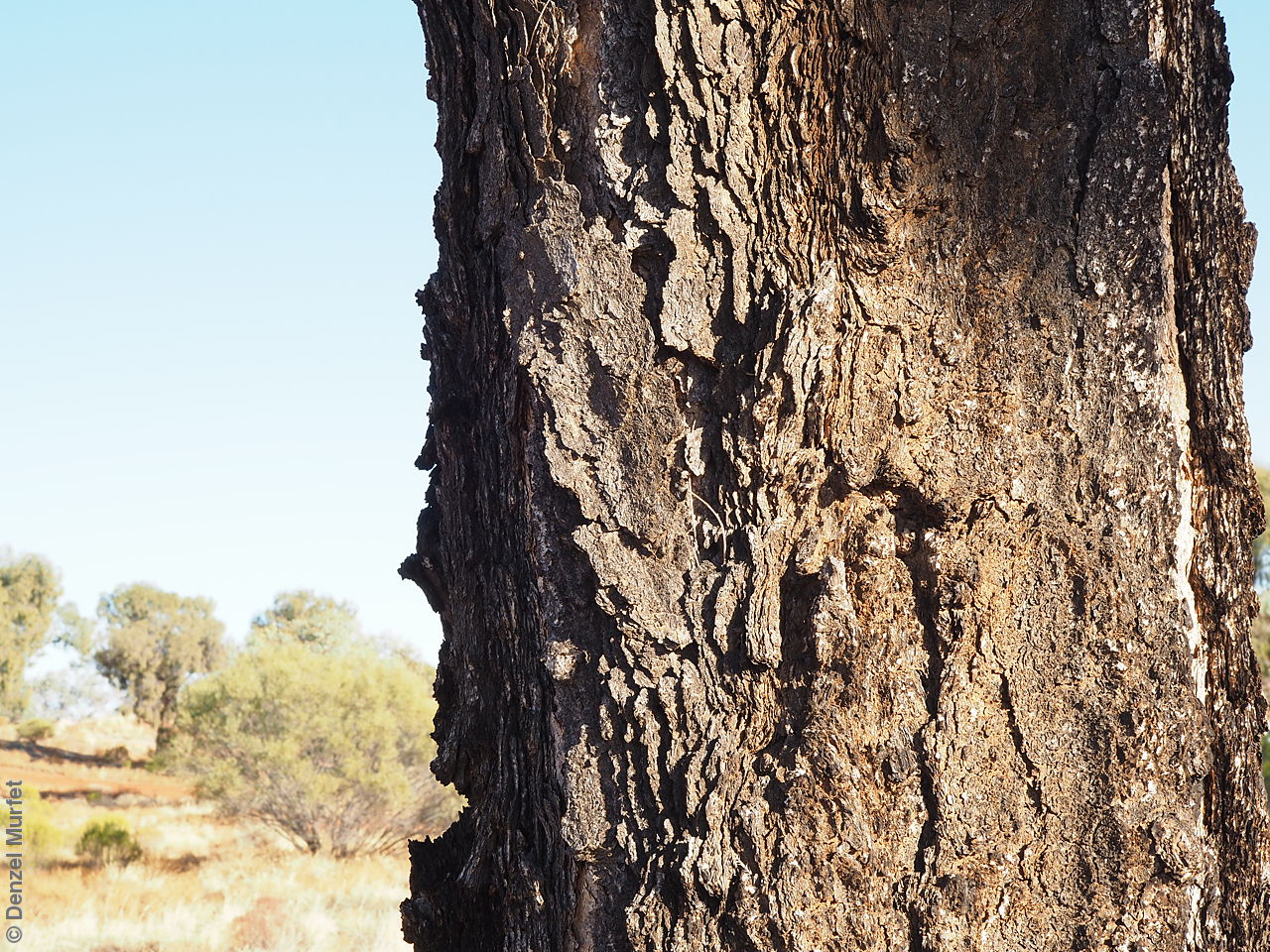
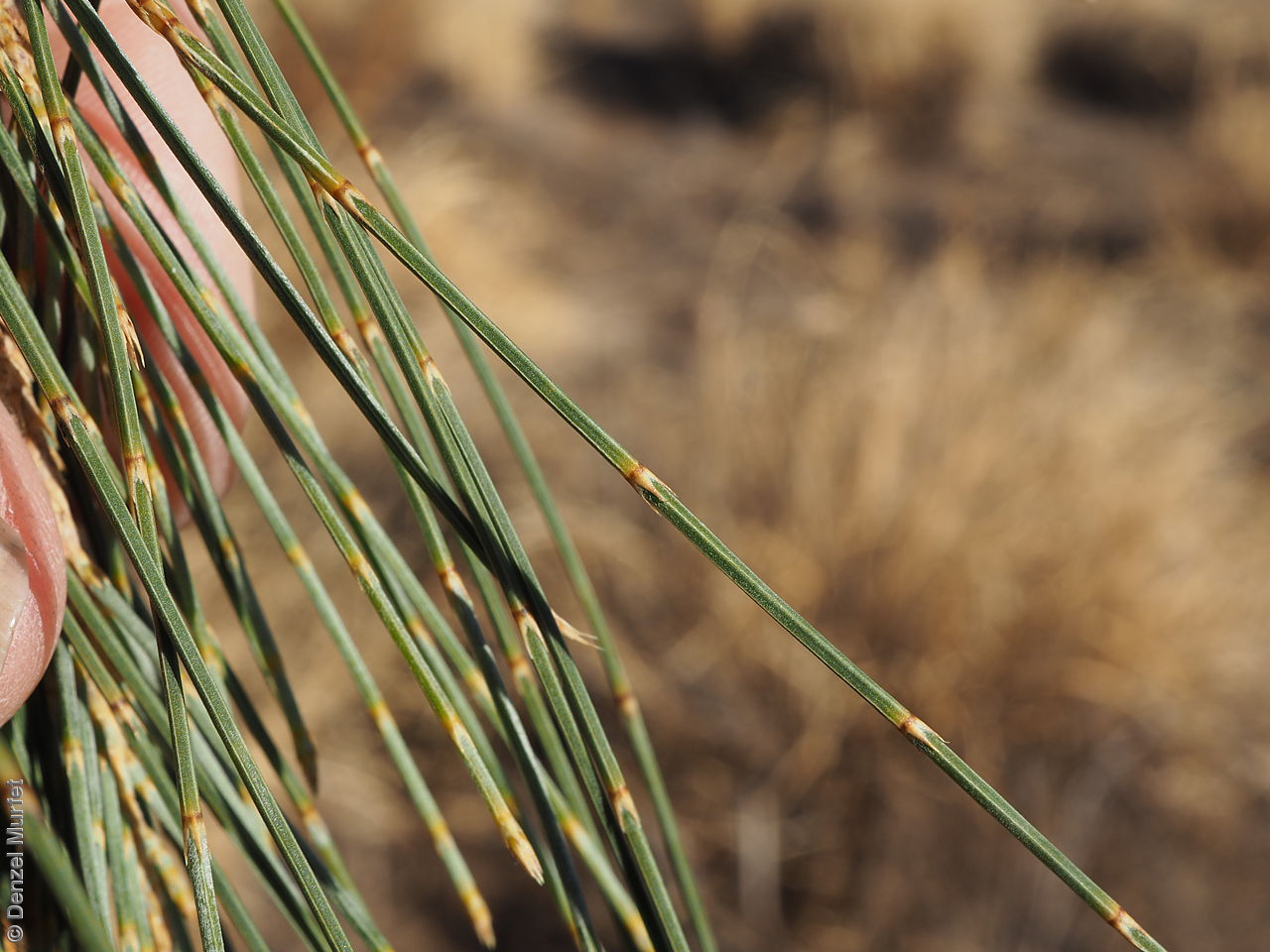
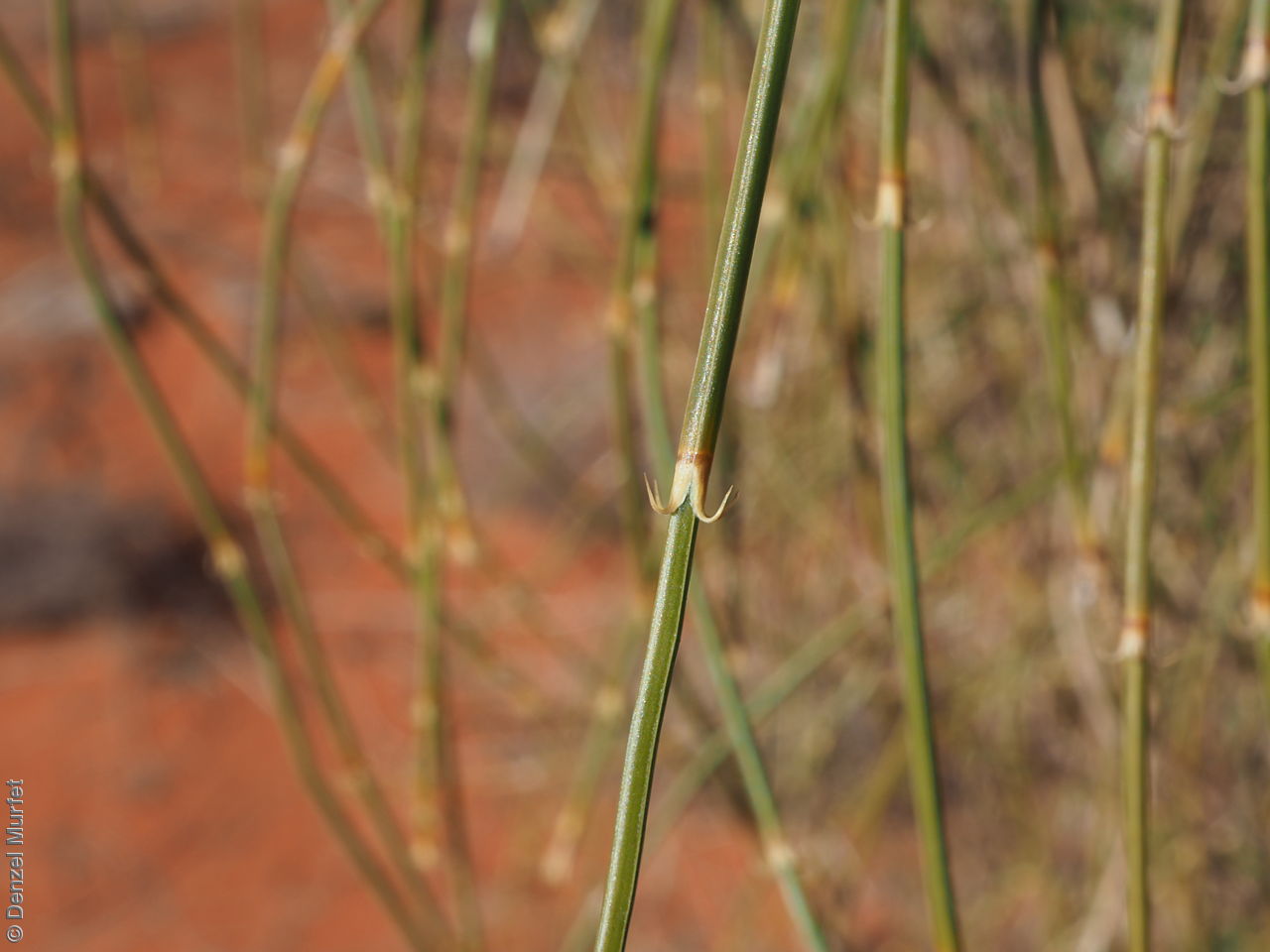
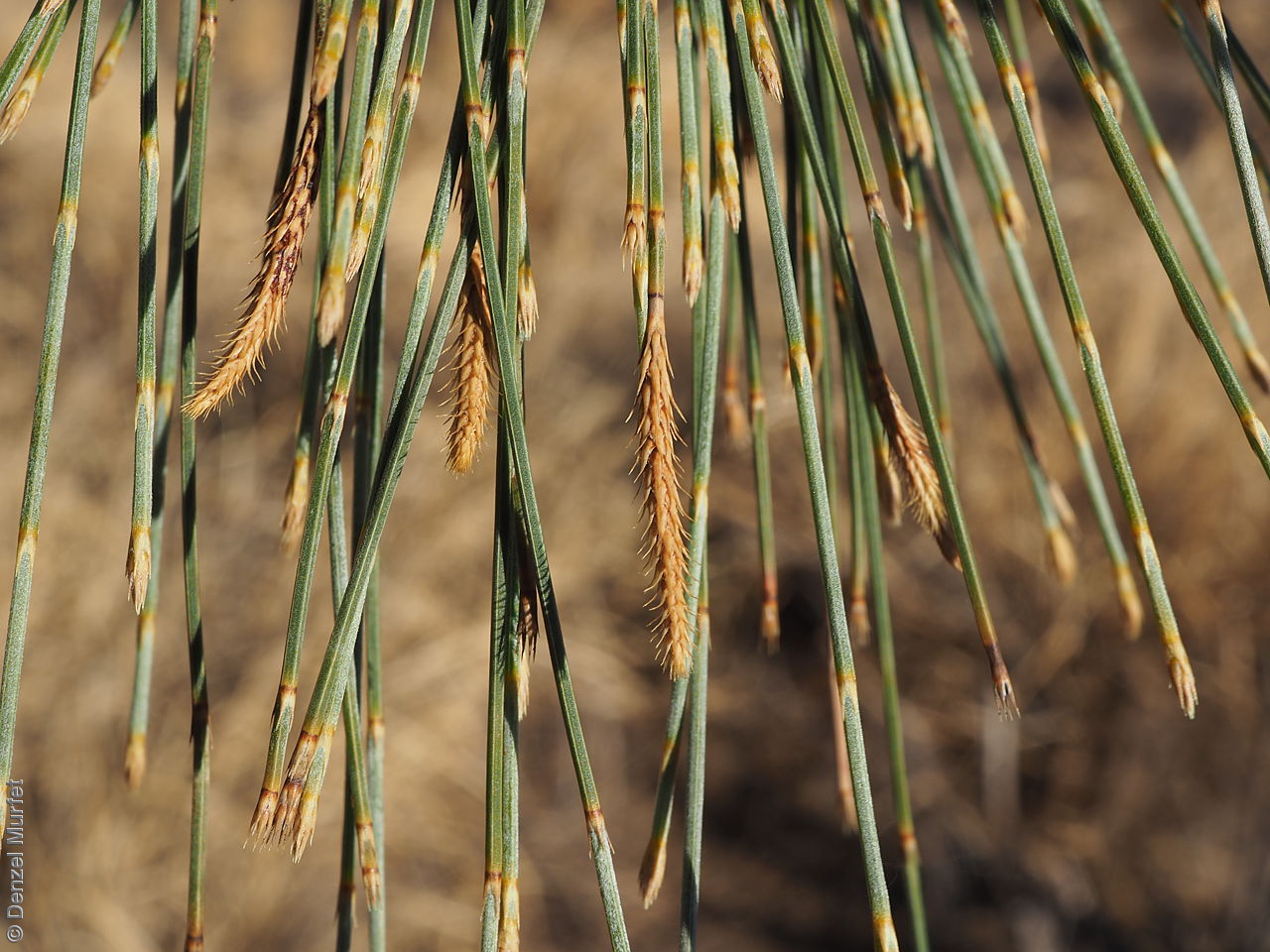
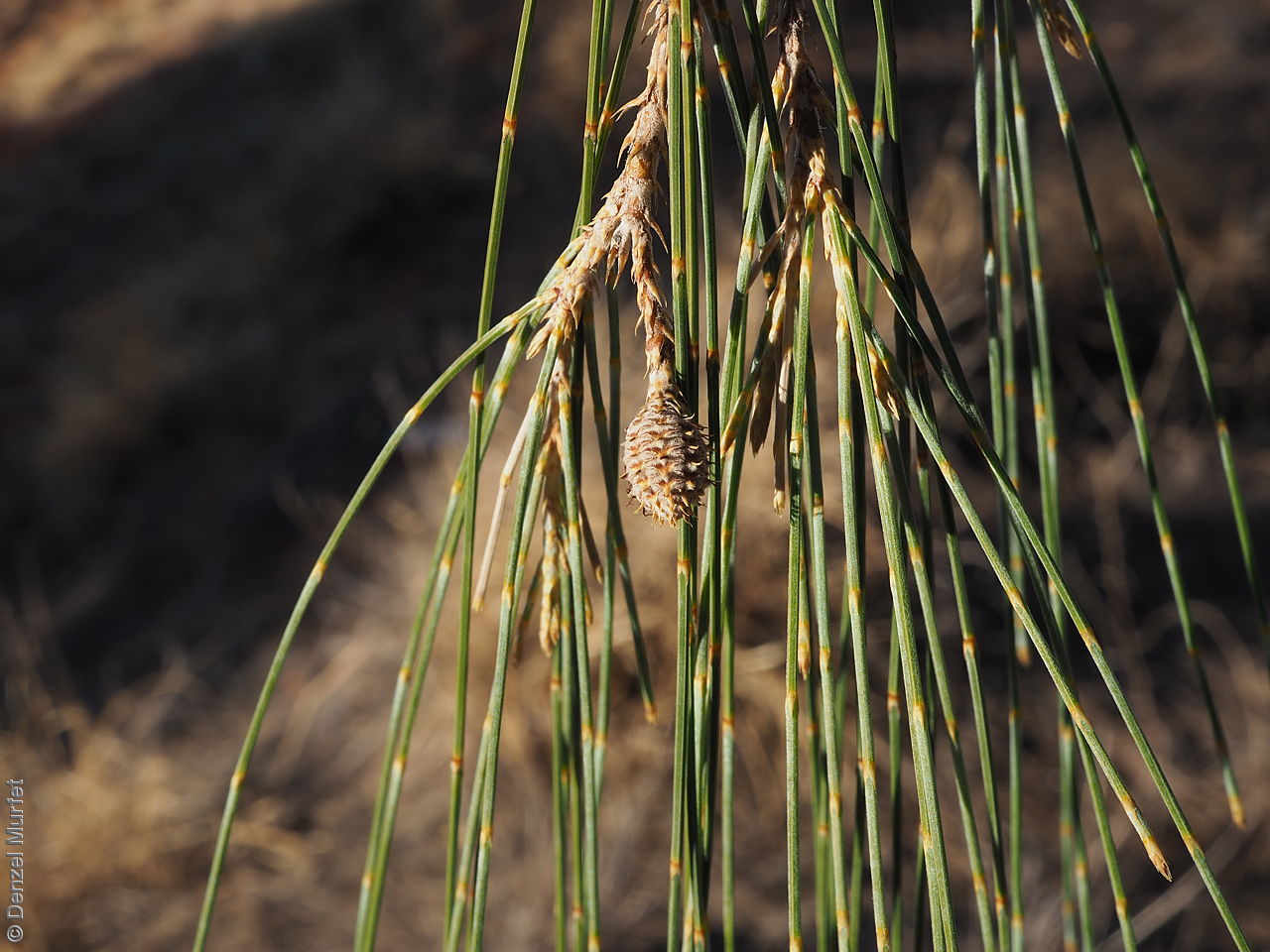
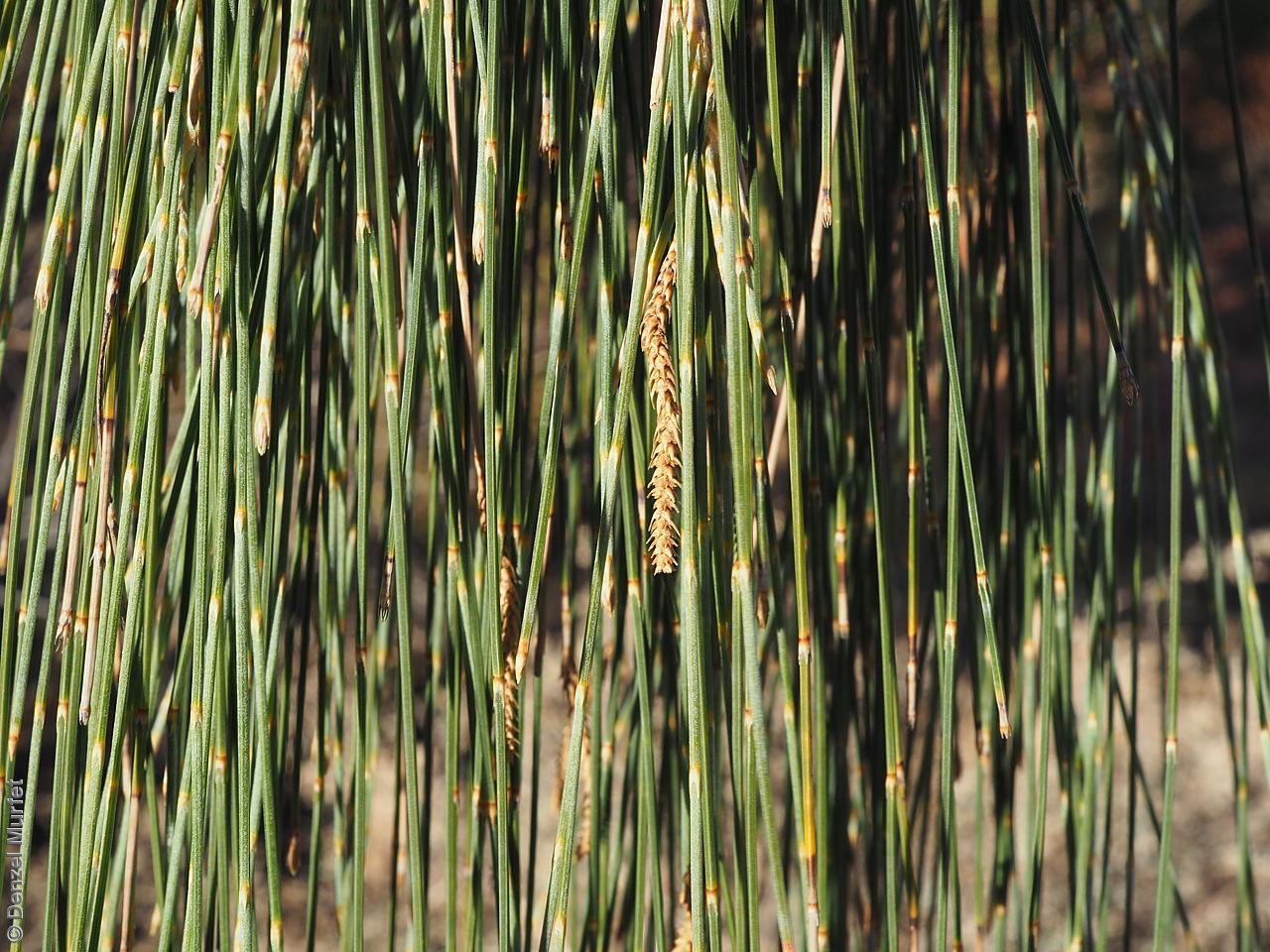
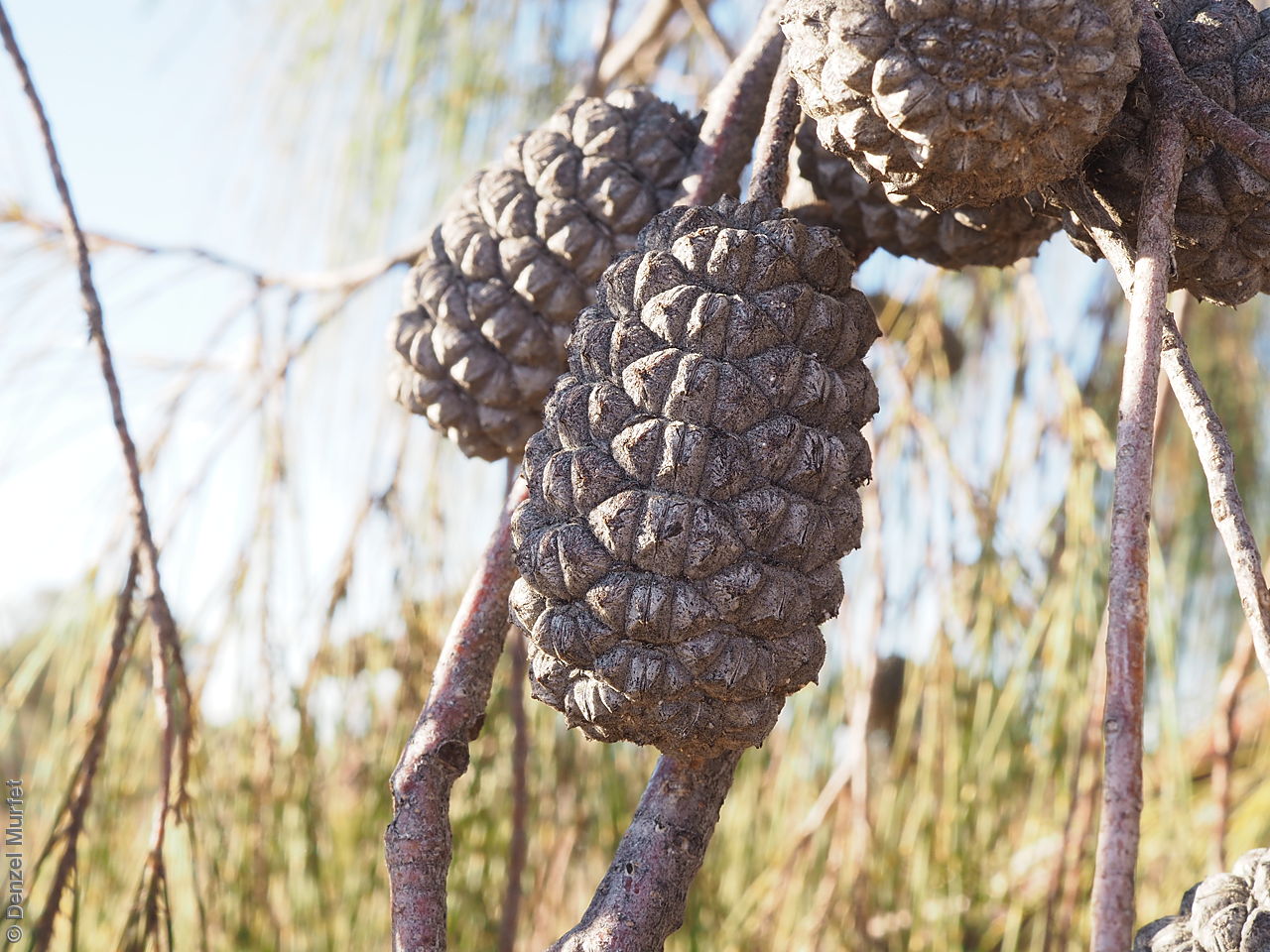
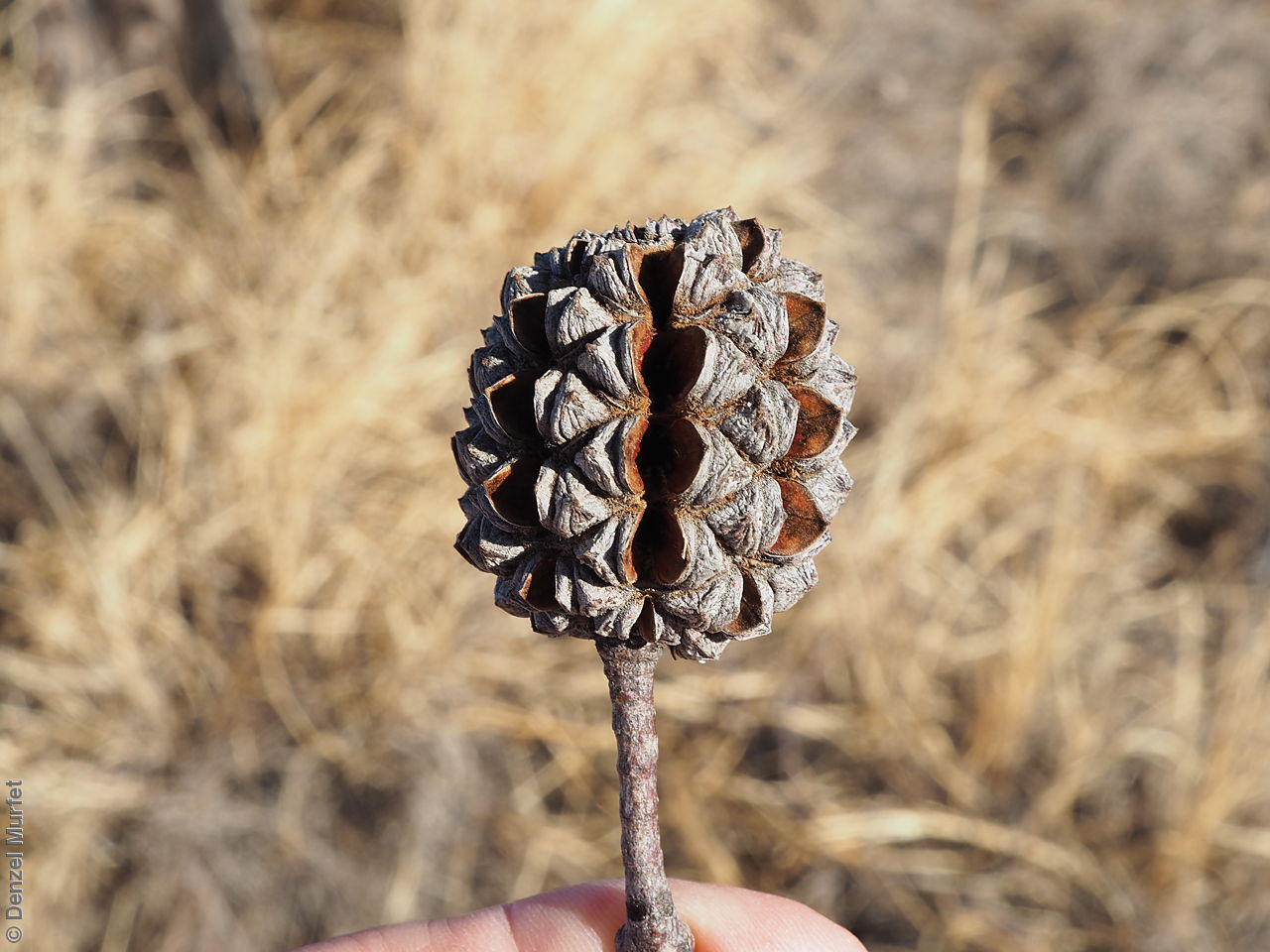
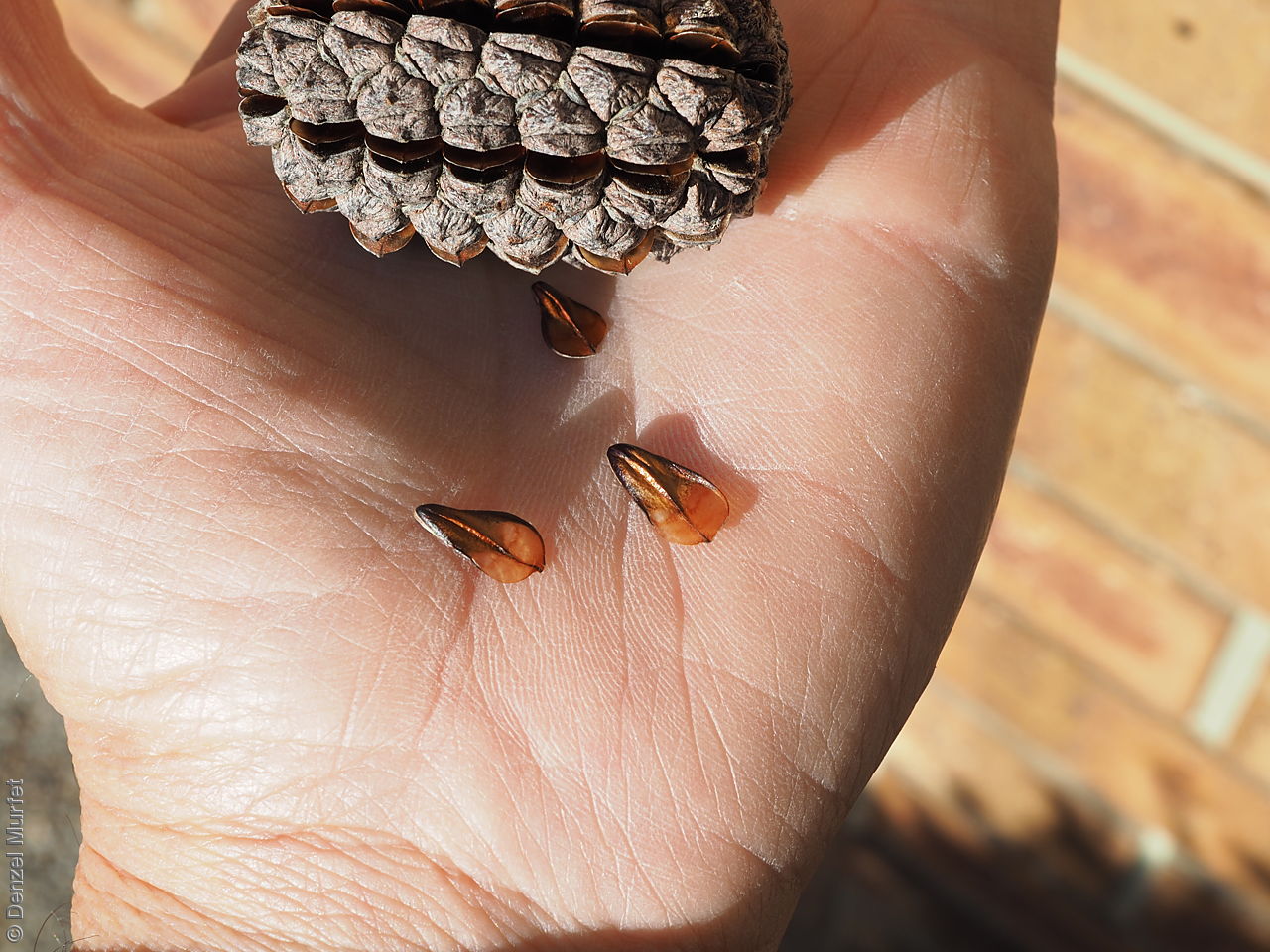
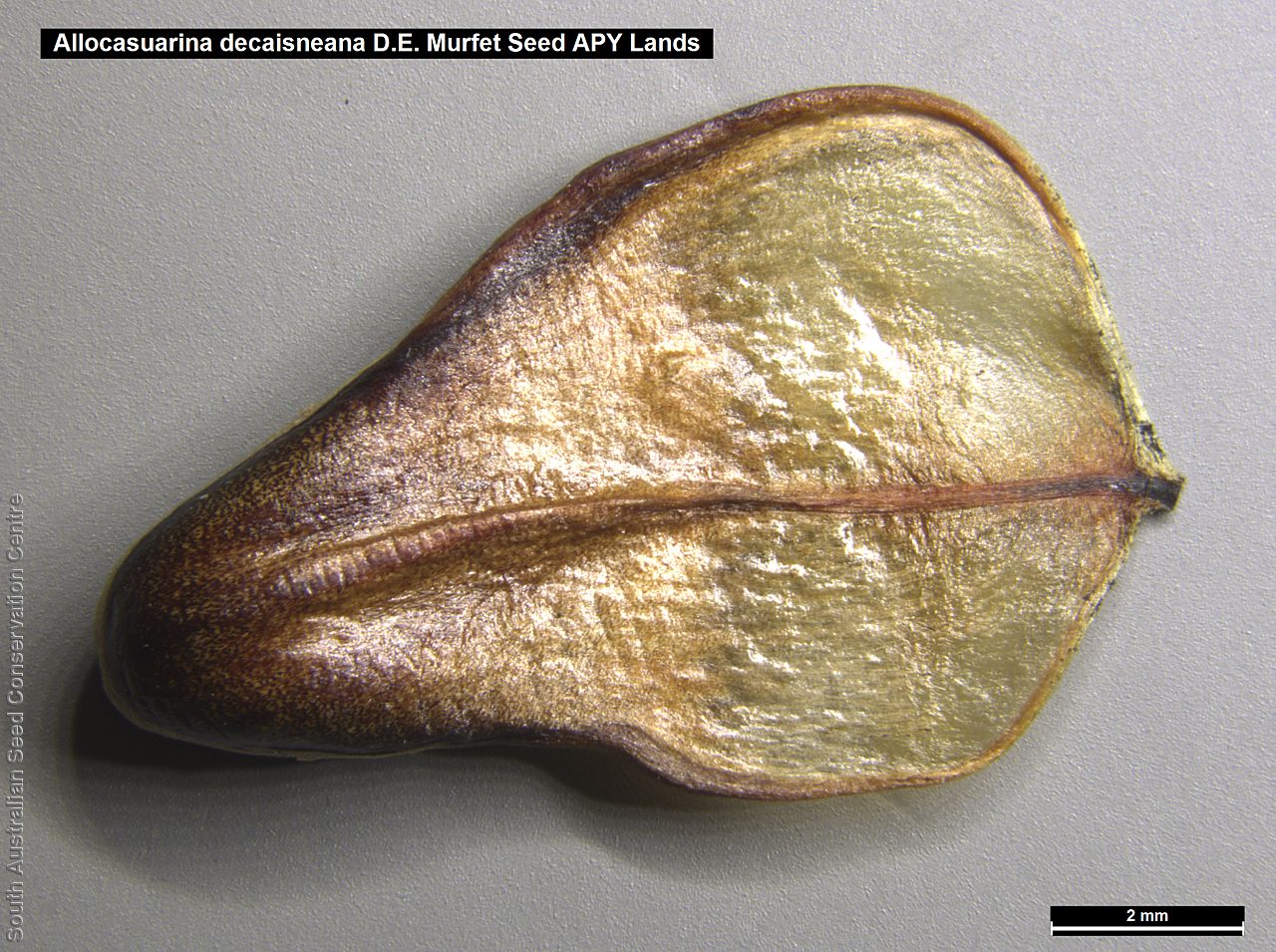
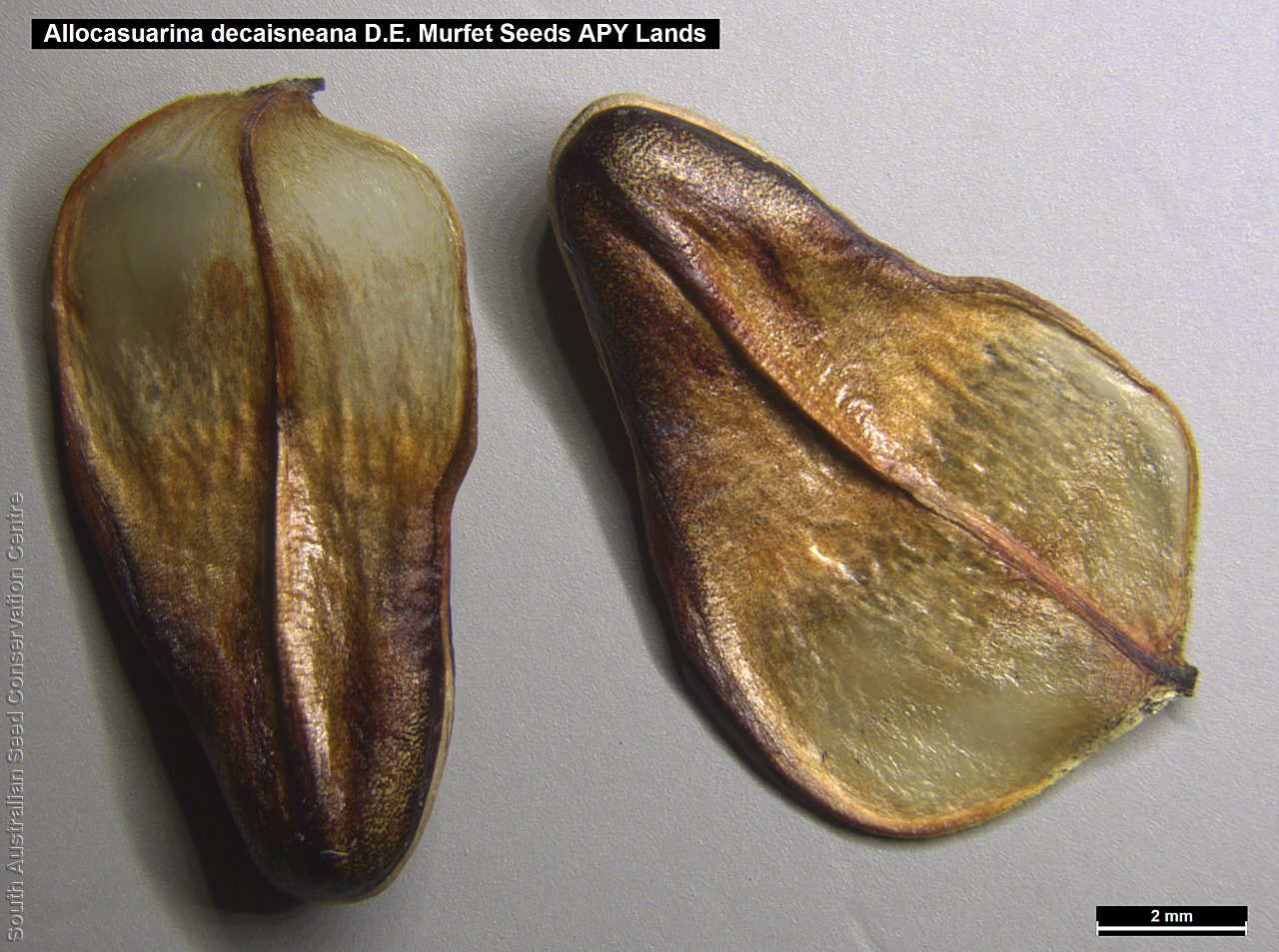


Botanical art
Prior names
Casuarina decaisneana
Common names
Desert Oak
Desert Sheoak
Etymology
Allocasuarina from the Greek 'allos' meaning other or different, indicating the relationship with the genus Casuarina (first used by Rumphius (1743) in allusion to the supposed resemblance of the "foliage" of Casuarina equisetifolia to the plumage of the Cassowary, from the Malay 'kesuari', later being latinised as Casuarius. Decaisneana named after Joseph Decaisne (1807-1882), a Belgian-born French botanist, horticulturist, and director of the Jardin des Plantes, Paris.
Distribution and status
Found in the far north-western part of South Australia, growing chiefly in swales between sand dunes. Also found in Western Australia and the Northern Territory. Native. Common in South Australia. Common in the other States.
Herbarium region: North Western
NRM region: Alinytjara Wilurara
AVH map: SA distribution map (external link)
Plant description
Tree to 16 m high with drooping stems (look like leaves) to 50 cm long. Stem segments (articles) to 6 cm long and 1.5 mm diameter, pubescent becoming glabrous, with flat ridges and broad shallow median groove; teeth (reduced leaves) 4, pungent, usually erect to 3.2 mm long. Male spikes to 4 cm long. Cones very woody, long-cylindrical, often pubescent when young, becoming glabrous; on peduncle to 15 mm long and cone body to 95 mm long and 35 mm diameter. Fruits are grey-brown, very woody. long cylindrical cone with numerous valves; hairy when young. Seed embryo type is investing.
Seed collection and propagation
Collect seeds between January and December. Cones can be collected anytime as mature cones remain on the female plant. Collect cones that have closed valves from the lower part of the stem as these are more mature. Place cones in a tray and leave to dry for 2-3 weeks. This will allow the valves to dry and open releasing the seeds. Place the dried cones in a bucket and shake gently to dislodge the seeds. Use a sieve to separate seeds from the unwanted material. Seeds are non-dormant, viable seed should germinate readily.